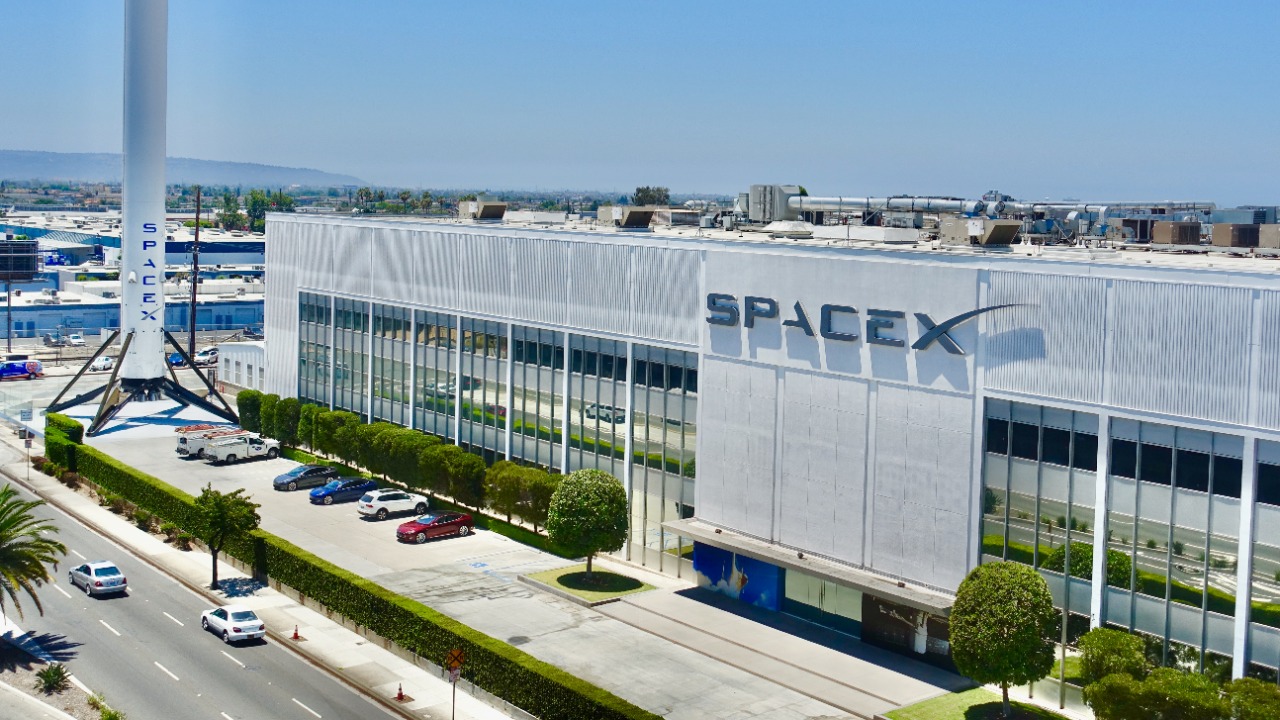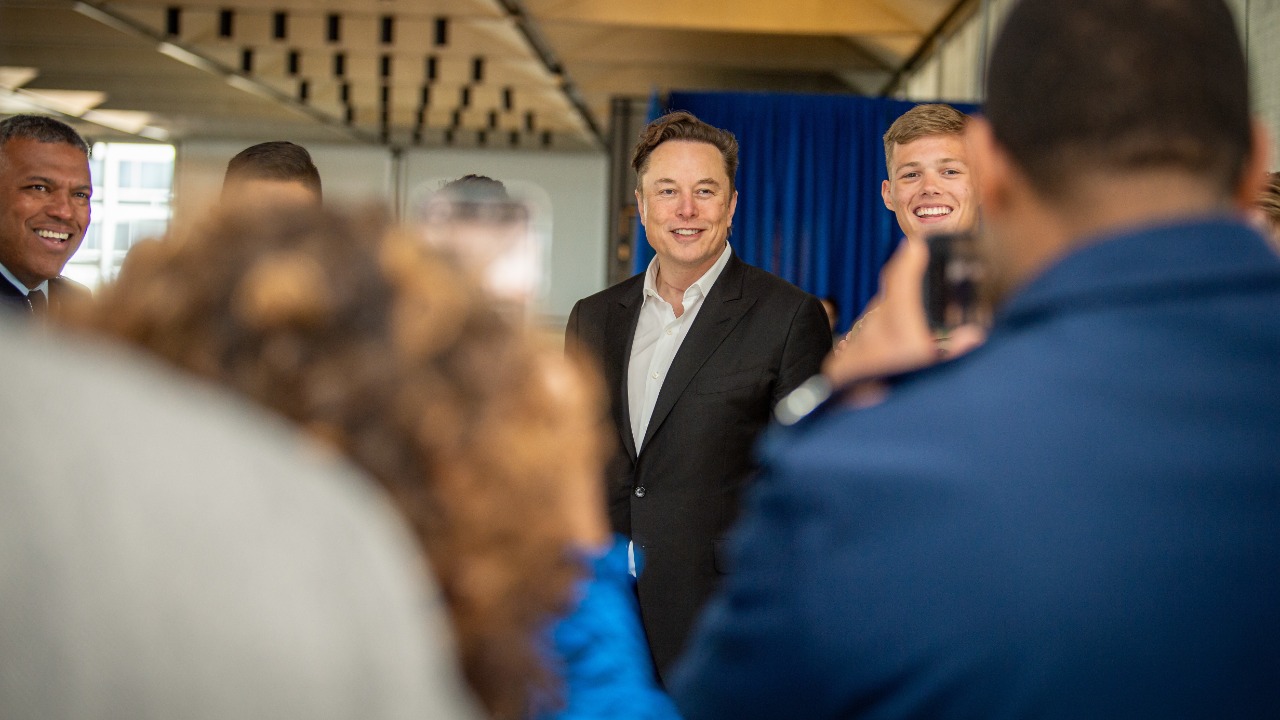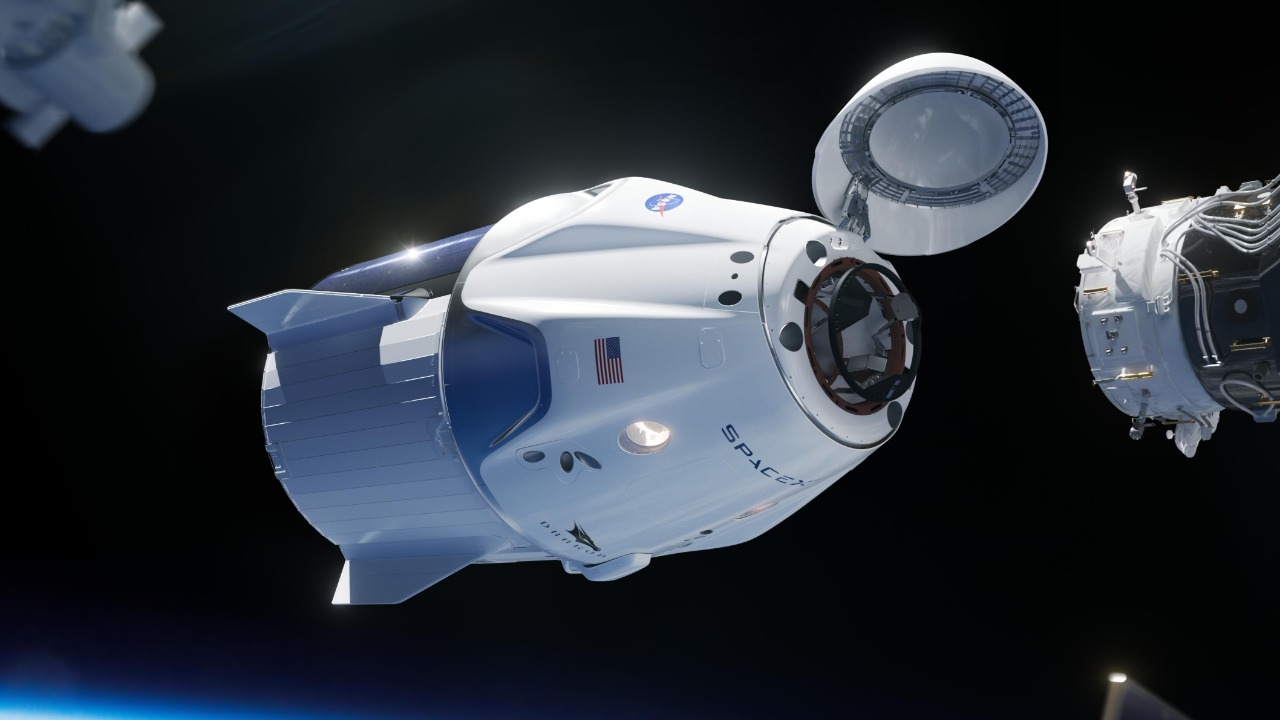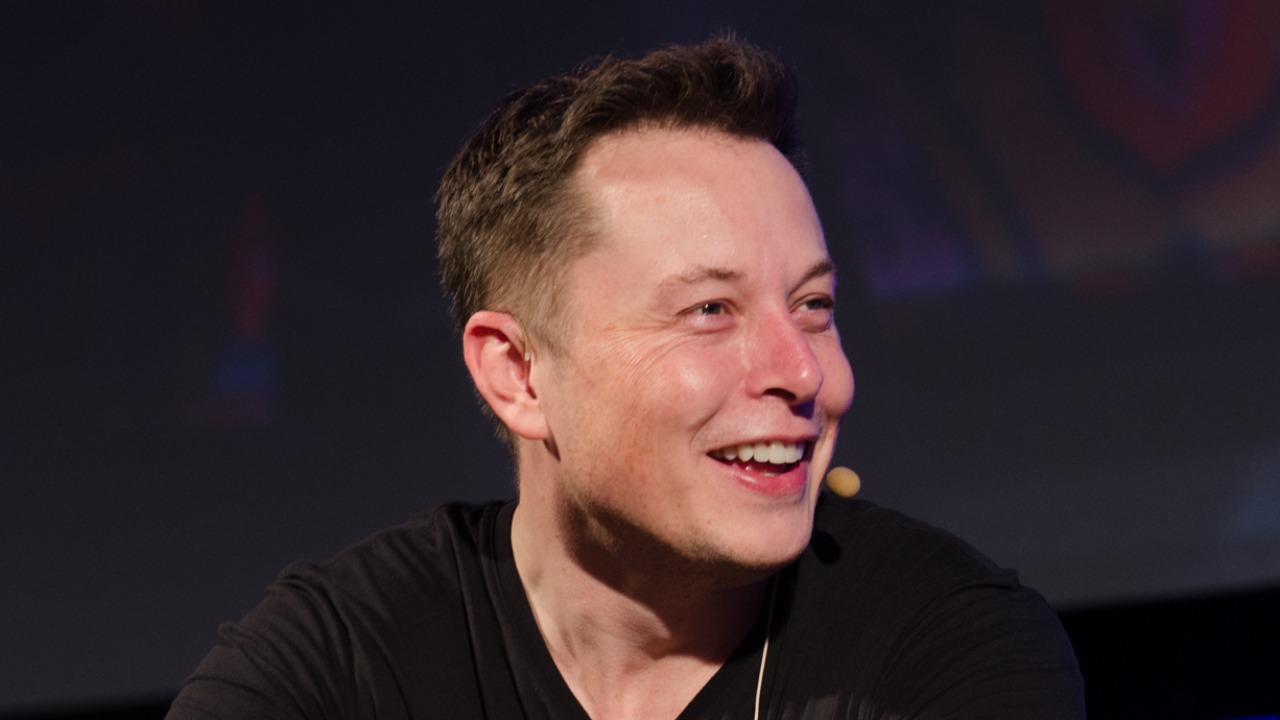
SpaceX, Elon Musk’s ambitious aerospace manufacturer and space transportation company, is known for its groundbreaking achievements in the space industry. While the company is transparent about many of its successes, there are aspects of SpaceX that Elon Musk might prefer to keep under wraps. Here, we delve into some lesser-known elements of SpaceX’s operations and culture.
Behind the Curtain: The Unspoken Company Culture

At SpaceX, there is one cardinal rule that employees must never break: “Do not waste Elon’s time.” This unbreakable rule, as highlighted by LinkedIn insights, underscores the high-stakes environment in which the company operates. The culture is intensely focused on efficiency and results, with little room for error. This mantra reflects the company’s drive to achieve its ambitious goals but also creates a unique workplace dynamic that prioritizes productivity above all else.
The high-pressure work environment at SpaceX is something employees frequently talk about, but it is often left out of public discussions by Musk himself. Employees face demanding expectations and rigorous timelines, which can lead to burnout. While the company is celebrated for its achievements, the relentless push for success comes at a personal cost to those working behind the scenes.
The Financial Juggling Act

SpaceX’s financial strategies are as complex as the rockets it builds. The company relies on a mix of funding sources and external investments to stay afloat, balancing innovation with fiscal responsibility. While Musk is often seen as a financial wizard, the reality is that SpaceX’s financial health involves a series of calculated risks and unpublicized challenges that are not always apparent to the public. These intricacies are crucial for maintaining the company’s status as a leader in space exploration.
The balance between profitability and innovation is a constant tightrope walk for SpaceX. On one hand, the company is driven by its mission to revolutionize space travel; on the other, it must remain financially viable to continue its operations. This tension creates a challenging environment where groundbreaking projects must be weighed against the bottom line.
The Reality of Space Exploration Risks

Space exploration is inherently risky, and SpaceX is no exception. The potential safety risks associated with its missions are not always openly discussed, yet they exist as a quiet undercurrent to the company’s operations. While Musk often focuses on the triumphs of space travel, the reality is that every mission carries significant risk factors that must be managed meticulously.
Setbacks and failures are an inevitable part of any innovative endeavor, and SpaceX has faced its share. From the early struggles of the Falcon 1 to more recent challenges, these failures are often downplayed or omitted from public narratives. However, they serve as important lessons and reminders of the difficulties inherent in pushing the boundaries of what is possible.
Elon Musk’s Leadership Style

Elon Musk’s leadership style is a blend of visionary ambition and sometimes erratic management. His quotes often reflect a grand vision for the future, yet his approach can create volatility within the company. This duality impacts SpaceX’s culture, as employees navigate the challenges of working under a leader known for both his brilliance and unpredictability.
The high turnover rates at SpaceX can, in part, be attributed to Musk’s leadership approach. While some employees thrive under his demanding style, others find the pressure and expectations unsustainable. The result is a workforce that is constantly evolving, as new talent replaces those who choose to move on.
Future Prospects and Uncertainties

Musk’s ambitions for Mars colonization are nothing short of grand, but the feasibility and unspoken challenges of this vision are substantial. The technical, financial, and ethical considerations involved in establishing a human presence on Mars are complex and fraught with uncertainties. While Musk is vocal about the possibilities, the path to achieving these goals is less clear.
The competitive landscape and market dynamics also present challenges for SpaceX. As the space industry becomes more crowded, SpaceX must navigate pressures from emerging competitors and shifting market demands. These factors contribute to an environment of uncertainty that Musk might not openly acknowledge, yet they play a significant role in shaping the company’s future direction.